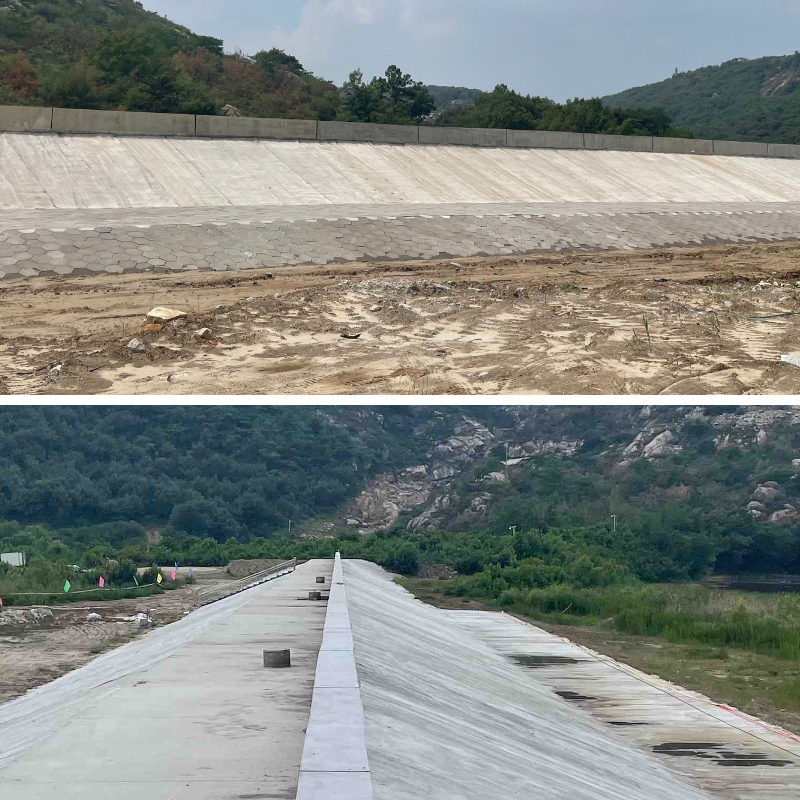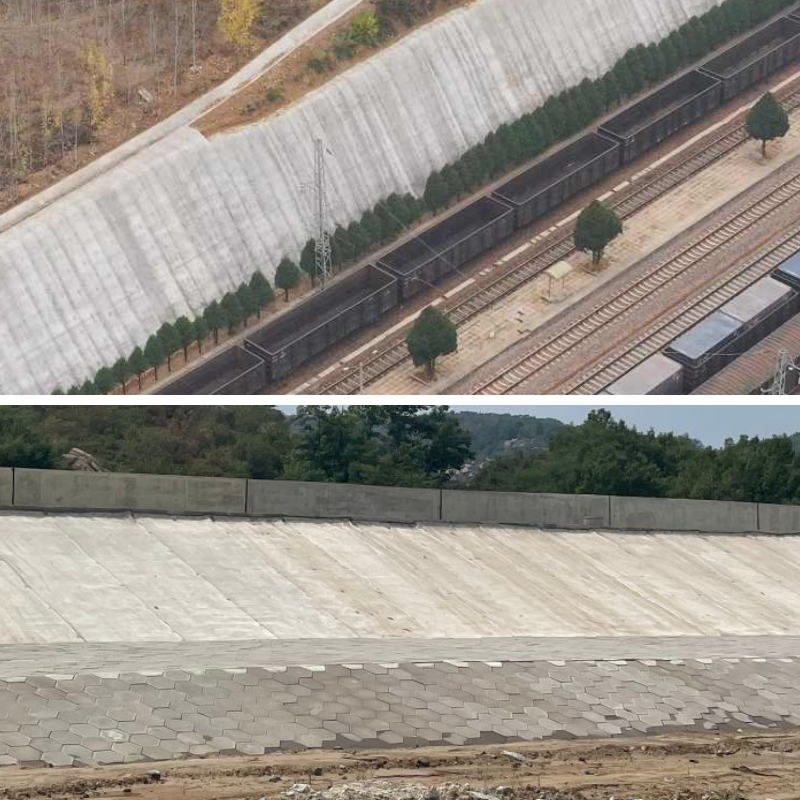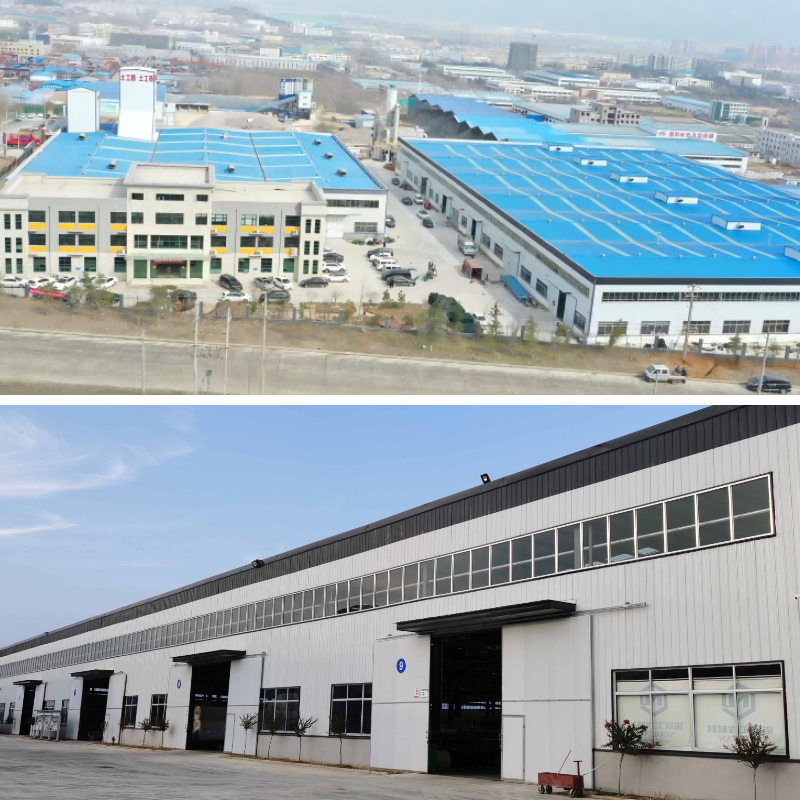Cement Blanket: The Revolutionary Solution for Rapid Road Repair & Emergency Infrastructure
In emergency scenarios—like a collapsed avenue after a storm, a pothole inflicting site visitors gridlock, or a broken levee threatening floods—traditional concrete regularly falls short. It requires mixing, curing for days, and heavy equipment, delaying quintessential repairs. Enter cement canvas (also recognized as Fast-Setting Concrete Cloth): a flexible, ready-to-use fabric that hardens in hours when activated via water. Rolled out like fabric, concrete material roll transforms into long lasting concrete, making it a game-changer for fast avenue restore and emergency infrastructure. This article explores 5 key motives why cement blanket is turning into the go-to preference for engineers, contractors, and catastrophe response teams.
1. Ultra-Fast Curing: Minimize Downtime for Road Repairs
The largest benefit of cement canvas in avenue restore is its speedy hardening. Unlike typical concrete, which takes 24–48 hours to set and 28 days to attain full strength, Fast-Setting Concrete Cloth treatment options in simply 3–6 hours after being wetted. This velocity is integral for busy roads, highways, or emergency routes the place even a few hours of closure can disrupt commutes, transport chains, or catastrophe alleviation efforts.
For example, if a pothole opens up on a motorway at some stage in morning rush hour, a crew can installation concrete material roll in minutes: unroll the blanket over the pothole, tightly closed the edges, and spray water. By midday, the repaired part is sturdy adequate to take care of mild traffic, and via evening, it can guide full-weight vehicles. In contrast, standard concrete would require closing the lane for days, main to lengthy detours and frustration.
Even in bloodless or humid weather, cement canvas keeps quickly curing. Its embedded cement particles are blanketed by means of a long lasting material shell, stopping moisture loss or temperature-related delays. This reliability ensures repairs continue to be on schedule, no count number the conditions.
2. Lightweight & Easy Deployment: Ideal for Emergency Access
Emergency infrastructure projects—such as repairing a washed-out rural street or reinforcing a broken bridge abutment—often face a foremost challenge: constrained access. Heavy concrete mixers and pumps can’t attain far flung areas, and transporting moist concrete over lengthy distances is impractical. Concrete fabric roll solves this hassle with its lightweight, transportable design.
A fashionable cement canvas roll weighs simply 15–20 kg per rectangular meter, making it handy to lift by using hand, load onto small trucks, or even airlift to hard-to-reach sites. For instance, after a landslide blocks a mountain road, a group can hike in with Fast-Setting Concrete Cloth rolls, unroll them over the broken section, and spark off them with nearby water sources (even rainwater works). No heavy equipment is needed—saving time and decreasing logistical stress.
This portability additionally shines in city emergency repairs. When a water essential spoil undermines a sidewalk or road, crews can rapidly sell off concrete fabric roll from a small van, reduce it to dimension with a utility knife, and deploy it in tight areas (like between parked cars) the place standard concrete tools can’t fit.
3. Durable Performance: Match Traditional Concrete Strength
Critics regularly ask: “Is cement canvas as robust as regular concrete?” The answer is yes—when desirable installed, Fast-Setting Concrete Cloth reaches a compressive power of 20–30 MPa (megapascals) inside 24 hours, matching the power of wellknown avenue concrete. Over time, it continues to harden, achieving full electricity (40+ MPa) in 7 days—far quicker than ordinary concrete’s 28-day timeline.
This sturdiness makes concrete material roll appropriate for high-traffic roads, parking lots, and even brief runways. For example, a army base used cement canvas to restore a broken runway after a storm: the fabric withstood the weight of cargo planes inside 12 hours, making sure essential elements may want to be delivered. Unlike asphalt patches (which crack in months), cement canvas resists wear, weather, and heavy loads, lasting 5–10 years with minimal maintenance.
Its cloth shell additionally provides flexibility, decreasing the hazard of cracking from soil agreement or temperature changes. Traditional concrete regularly cracks when the floor shifts, however Fast-Setting Concrete Cloth bends barely barring breaking—extending its carrier existence in unstable areas.
4. Versatile Applications: Beyond Roads to Emergency Infrastructure
While cement canvas excels at avenue repair, its makes use of in emergency infrastructure go a ways past potholes. Disaster response groups count on concrete material roll for speedy fixes that guard lives and property, including:
Levee & Dam Repairs: A small breach in a levee can lead to catastrophic flooding. Teams unroll Fast-Setting Concrete Cloth over the breach, moist it, and create a watertight seal in hours—stopping water drift earlier than it spreads.
Temporary Bridges: After a flood washes out a bridge, cement canvas can be used to line wood or steel frames, developing a transient bridge that helps vehicles and emergency motors inside a day.
Retaining Wall Stabilization: Landslides regularly weaken holding walls. Wrapping cement canvas round the wall and activating it provides a layer of strengthened concrete, stopping in addition collapse.
In one current flood response, a crew used cement canvas to restore a broken canal bank: they unrolled the cloth alongside the eroded section, secured it with stakes, and sprayed water. By the subsequent morning, the financial institution was once stable, defending close by residences from flooding. This versatility makes concrete fabric roll a must-have in emergency kits.
5. Cost-Effective: Save Time, Labor, and Resources
At first glance, cement canvas may also appear extra highly-priced than usual concrete. But when you issue in labor, equipment, and downtime, it’s regularly cheaper. Here’s why:
Less Labor: Installing Fast-Setting Concrete Cloth requires simply 2–3 workers, in contrast to 5–6 for standard concrete (which desires mixing, pouring, and smoothing).
No Heavy Equipment: You don’t want mixers, pumps, or finishers—just a utility knife, water sprayer, and simple tools. This cuts tools condominium prices via 50% or more.
Minimal Downtime: For corporations close to avenue repairs, fewer closed days suggest much less misplaced revenue. For cities, shorter closures decrease site visitors congestion and public complaints.
A find out about by way of a civil engineering association located that the usage of concrete fabric roll for pothole repairs fee 30% much less than standard concrete when inclusive of all expenses. For emergency projects, the financial savings are even bigger—delayed repairs (like a closed highway) can value communities lots of greenbacks per hour, a value cement canvas eliminates.
How to Install Cement Canvas for Road Repair: A Quick Guide
To maximize the advantages of cement canvas, observe these easy steps (perfect for on-site teams):
(1) Prepare the Surface: Clear the broken location of debris, clean tough edges, and make sure the floor is level. For potholes, fill deep gaps with gravel first.
(2) Unroll the Concrete Cloth Roll: Cut Fast-Setting Concrete Cloth to dimension (add 10–15 cm greater on all aspects for overlap). Lay it flat over the restore area, making sure no wrinkles.
(3) Secure the Edges: Use stakes or adhesive tape to preserve the cement canvas in place—this prevents moving all through curing.
(4) Activate with Water: Spray or pour water evenly over the floor (use 1–2 liters per rectangular meter). The cloth will soak up water, activating the cement.
(5) Cure & Test: Let it set for 3–6 hours. After curing, check the floor with a small car earlier than opening to full traffic.
Conclusion: Cement Canvas Is the Future of Rapid Infrastructure
For avenue restore and emergency infrastructure, cement canvas (or Fast-Setting Concrete Cloth) provides speed, portability, durability, and value financial savings that common concrete can’t match. Whether you’re fixing a pothole, reinforcing a levee, or constructing a transient bridge, concrete fabric roll receives the job finished in hours—not days—keeping communities linked and safe.
As extra engineers and contractors find out its benefits, cement canvas is shortly turning into the wellknown for speedy infrastructure projects. If you’re searching to limit downtime, reduce costs, and enhance emergency response, it’s time to make the swap to this modern material.
Contact Us
Company Name: Shandong Chuangwei New Materials Co., LTD
Contact Person :Jaden Sylvan
Contact Number :+86 19305485668
WhatsApp:+86 19305485668
Enterprise Email: cggeosynthetics@gmail.com
Enterprise Address: Entrepreneurship Park, Dayue District, Tai 'an City,
Shandong Province










